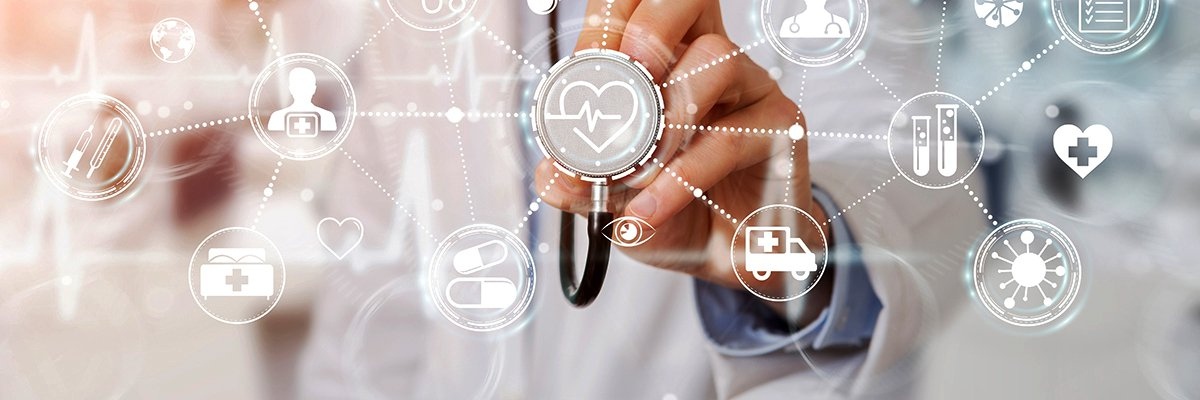
@ShahidNShah


Connected healthcare technologies, including telehealth, remote patient monitoring and patient portals, are critical in today's digitized healthcare landscape. Not only do patients expect the healthcare industry to provide the same convenience and seamless digital journey as other industries, but healthcare providers also require added technological support to boost clinical outcomes and manage administrative burdens.However, there are myriad challenges to successfully implementing and utilizing this technology. These challenges exist on the patient and provider side, pushing healthcare organizations to consider various factors as they deploy connected healthcare tools.
Connected healthcare technologies aim to strengthen the provider-patient relationship by creating a greater number of touch points and enhancing data exchange between the two. While these technologies provide numerous patient care benefits, they also require adjustments to clinician workflow.According to Frank Osborn, M.D., chief medical officer of the Tufts Medicine Integrated Network at Tufts Medicine, culture is more important than strategy when redesigning clinician workflows to include new connected healthcare technologies.
Continue reading at techtarget.com
New research shows that patients with acute illnesses who received virtual and at-home care with remote patient monitoring and as-needed in-person urgent care visits had shorter hospital stays than …
Connecting innovation decision makers to authoritative information, institutions, people and insights.
Medigy accurately delivers healthcare and technology information, news and insight from around the world.
Medigy surfaces the world's best crowdsourced health tech offerings with social interactions and peer reviews.
© 2025 Netspective Foundation, Inc. All Rights Reserved.
Built on Mar 28, 2025 at 1:45pm